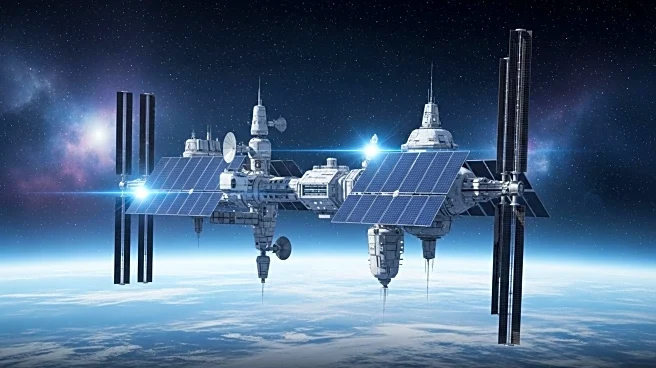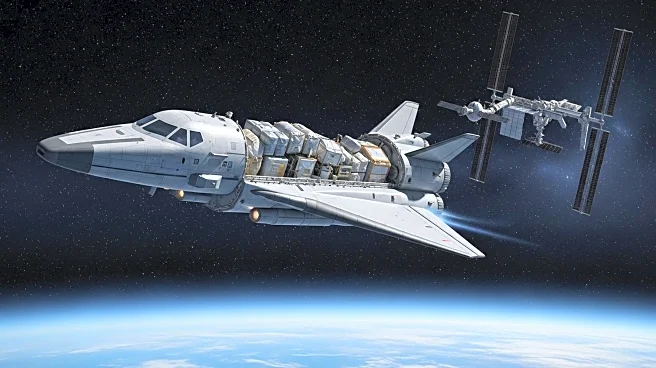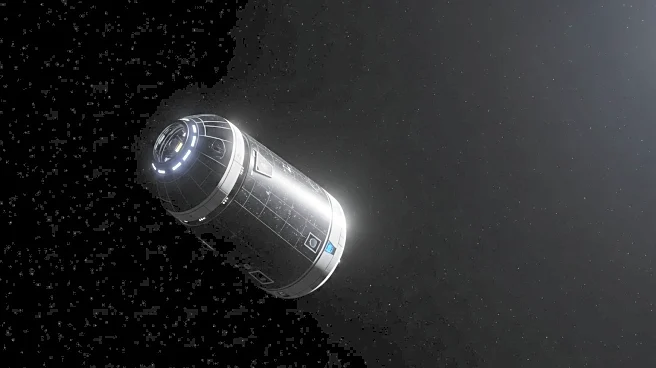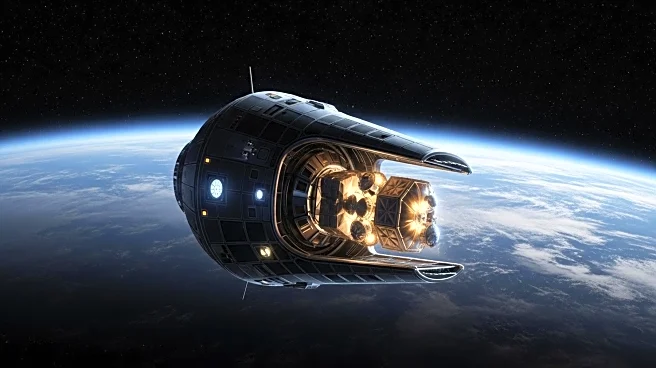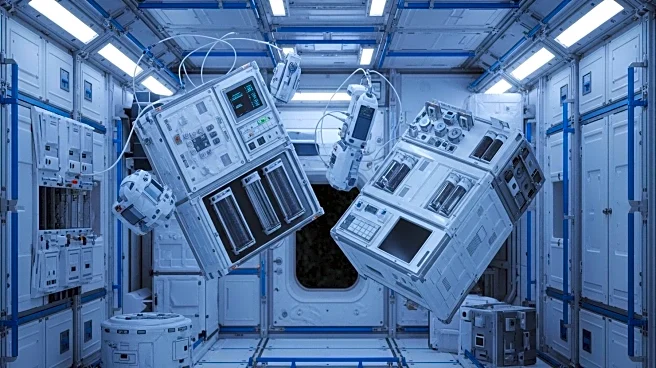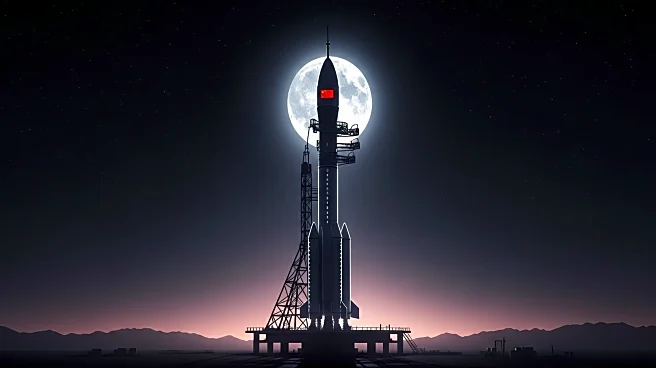What's Happening?
Lunar Outpost, a private space company based in Arvada, Colorado, is advancing its lunar terrain vehicle (LTV) development through its Mission Control and Autonomous Test Facility. The company is working on the Eagle, a rover designed for Artemis astronauts to explore the moon's surface. Lunar Outpost is part of NASA's feasibility study for lunar vehicles, collaborating with General Motors, The Goodyear Tire & Rubber Company, MDA Space, and Leidos. Despite a setback with its Mobile Autonomous Prospecting Platform (MAPP) rover during a lunar landing, Lunar Outpost continues to refine its technology. The company plans to deploy another payload on Intuitive Machine's next moon mission in 2026.
Why It's Important?
The development of Lunar Outpost's LTV is crucial for future lunar exploration, providing astronauts with advanced mobility on the moon's surface. This technology could enhance scientific research and exploration capabilities, allowing for more efficient and extensive missions. The collaboration with major companies like General Motors and Goodyear highlights the importance of cross-industry partnerships in advancing space technology. Successful deployment of these rovers could pave the way for more sustainable lunar operations, potentially leading to long-term human presence on the moon.
What's Next?
Lunar Outpost is preparing for its next lunar mission in 2026, targeting the Reiner Gamma region to study lunar swirls. The company is focused on improving its rover's capabilities, including autonomous operations and teleoperation from Earth. NASA is expected to announce its LTV selectee by the end of the year, which could further influence Lunar Outpost's development trajectory. Continued feedback from astronauts will refine the design, ensuring it meets the practical needs of lunar missions.
Beyond the Headlines
The advancements in lunar rover technology by Lunar Outpost could have broader implications for space exploration, including potential applications on other celestial bodies. The ability to operate in permanently shadowed regions on the moon could lead to discoveries of water ice, essential for future space missions. This development also reflects the growing role of private companies in space exploration, potentially leading to more competitive and innovative solutions in the industry.


